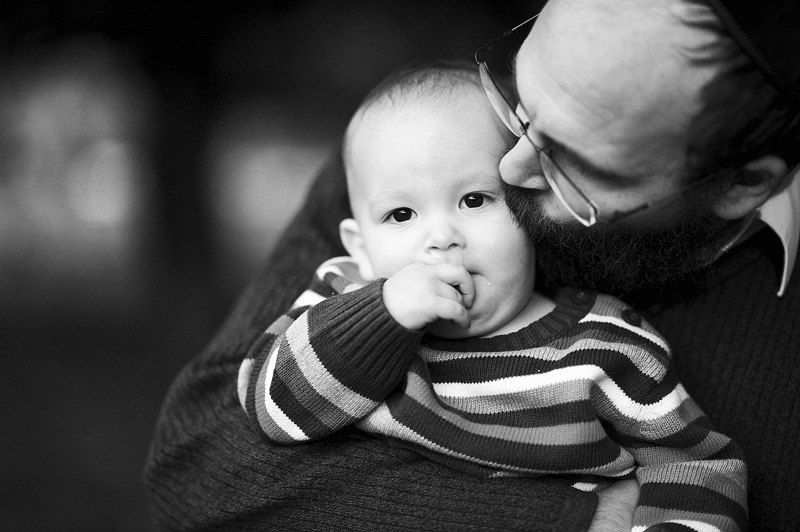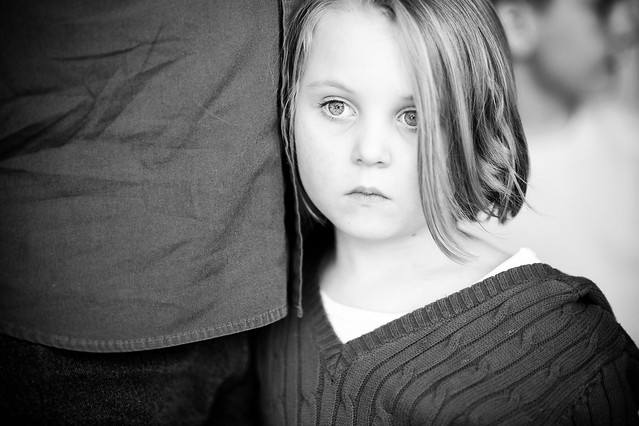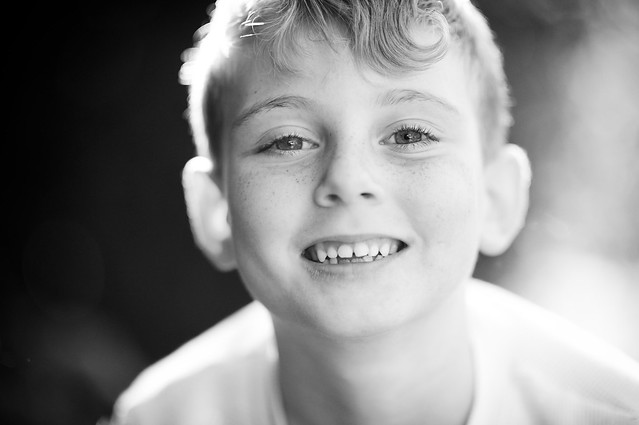I love normal. It just flows. Its natural. Sweet.
I have gone through more 50mm lens than I care to admit. Just for the record:
Canon AF 50mm 1.8 (acted as a 80mm on my cropped sensor Canon)
Nikon 50mm 1.8 AF
Nikon 50mm 1.4 AF-D
Nikon 50mm 1.4 AF-S
Nikon 55 mm 1.2 Auto
Nikon 55mm 2.8 Micro AI-S
Sigma 50mm 1.4
2 Canon 50mm 1.2 FL
Hasseblad 80mm (which acts as a 50mm on a medium format body)
The 50mm lens (on a 35mm body, aka "full frame") gives a "normal" perspective. Not wide angle (dramatic), not telephoto (compressed, sometimes a bit flat), just right. Its actually Goldilocks very favorite focal length (though sometimes she opts for a 35mm).
Every camera company makes a cheap 50mm and most camera bodies used to come with one as their "kit" lens (before zooms were any bit decent).
Problem is I'm having a really tough time finding one that I like (a lot). A great 35mm is easy to find (Canon, Nikon, Zeiss, Leica, they all have them).
Problems:
Canon 50mm 1.8 doesn't fit on my Nikon and anyways doesn't get really usable until 2.5ish (and it's made like garbage). Nikon 50mm 1.8 has the same issues just is a bit less garbage. Nikon 50mm 1.4D isn't sharp until 2.2 ish and has slightly obnoxious bokeh (pentagonal shaped). Nikon 50mm 1.4G is slow to focus (though very accurate) and isn't as sharp as I wish. Nikon 55 1.2 was the sharpest of the bunch at wide apertures but was really hard to focus due to it's age and the spherical aberrations wide open (and you're always focusing wide open unless you're using live view. Which I don't.). Nikon 2.8 Micro ai-s is sharp, easy to focus and has beautiful bokeh, but its not wide enough (2.8). The Sigma is awesome, sharper than the autofocus Nikons with better bokeh but ridiculously inconsistent autofocus, rendering it almost useless below 2.2 for subjects that don't sit still (i.e. kids). The two canons are manual focus and don't fit on my Nikon and I haven't developed any of the film from the canon film bodies so I can't speak for them. The Hasselblad is sharp as heck but I'm having major issues focussing it.
Does a perfect, large aperture 50mm lens exist? Yes. the problem is it doesn't mount on my cameras, its manual focus (not the end of the world) and it costs $4,999. It's the Leica 50mm f/1.4 Summilux-M ASPH. Unfortunately its out f my price range (not to mention I'd have to buy a $8000 Leica M9 to use the thing).
Okay so what are my other choices. I could give up and just use what I got. I could get the Canon 50mm 1.2L which is pretty darn good, but I'd need a Canon body, which unless I spend $4500 won't autofocus properly (or I could get the Canon 1V which rocks and is only $500, but its film). Or I could pick up a Contax 645 medium format film camera with an 80mm f/2 (in 35mm terms that would be a 50mm with the DOF of a 1.2). But the prices on those have been skyrocketing (on another note I was going to buy one a few months ago for $1600 and was talked out of it. the prices now are around $2800). So I think I'm left with a Mamiya 645 and a 80mm f/1.9. It's manual focus but with that nice huge viewfinder shouldn't be too hard to focus. Now I just have to sell my Hasselblad kit (its on Craigslist if you're interested). Or I could pick up a recent model of the Leica 50mm f/1.4 R which can be adapted to fit on my Nikon, though it's not as great as the M version it's still pretty rad. But that will cost around $1000. Or I could pick up a Voigtlander 58mm 1.4 for under $500, but that's only really sharp in the center and is a bit longer than I'd like. Or the Nikon 50mm 1.2 ai-s which is mighty sharp but very nervous bokeh wide open. Or the Nikon 58mm f1.2 AI-S which is an an outstanding lens but costs around $3000.
Or I could just get over myself and rely on my composing and framing skills to deliver awesome images instead of relying on the unique look of a wide aperture lens. Nah.
//End Rant.
Onto some photos I made (though mostly took) with a wonderful family in Laguna Woods Canyon Park (mostly shot with the aforementioned horribly autofocusing Sigma).




























































